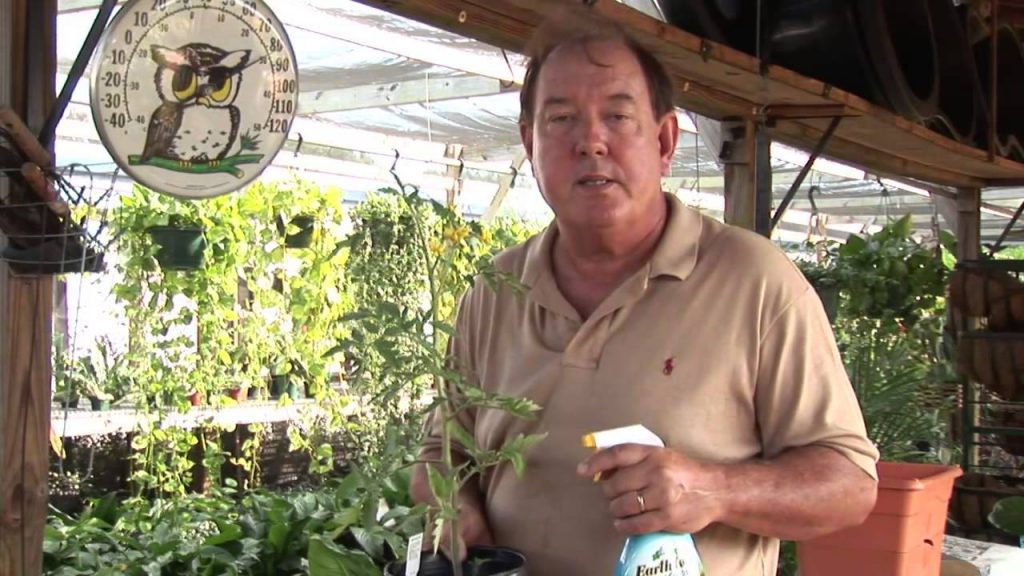As an avid gardener, I’m always looking for ways to keep my tomato plants healthy and pest-free. One of the most common problems I face is figuring out how to keep bugs off tomato plants. These pesky insects can quickly damage the plants and ruin the fruit. Fortunately, there are a few effective tips for keeping bugs at bay. In this article, I’ll discuss proven methods that you can use to keep your tomato plants bug-free.
Types of Bugs Affecting Tomato Plants
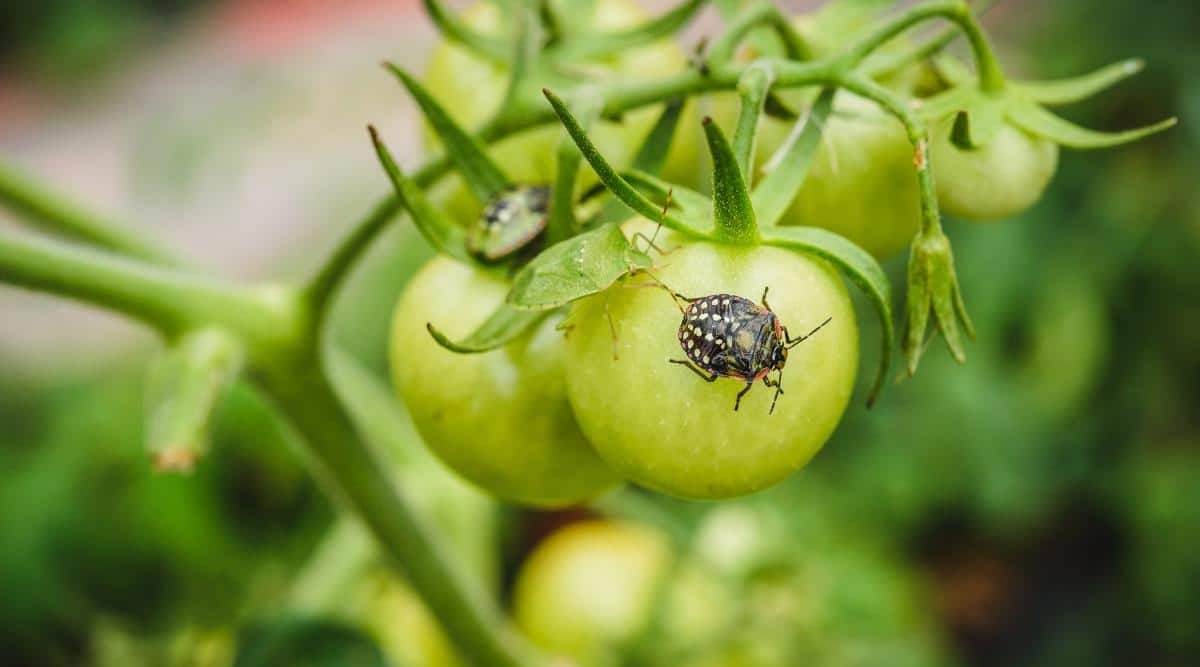
Aphids
Aphids are small, soft-bodied insects that can cause damage to tomato plants. They feed on the sap of the plant, causing wilting and yellowing of leaves.
Aphids can be controlled by introducing natural predators such as ladybugs, lacewings and parasitic wasps. Insecticidal soap or horticultural oil can also be used.
Whiteflies
Whiteflies are tiny white insects that feed on the underside of leaves. They cause the leaves to yellow and drop, and can also transmit viruses.
Whiteflies can be controlled with sticky traps or yellow cards. Insecticidal soap or horticultural oil can also be used.
Spider Mites
Spider mites are tiny, eight-legged insects that feed on the underside of leaves. They can cause yellowing and stippling of leaves and can transmit viruses.
Spider mites can be controlled by introducing natural predators such as predatory mites or ladybugs. Insecticidal soap or horticultural oil can also be used.
Flea Beetles
Flea beetles are small, black beetles that feed on the leaves of tomato plants. They can cause holes in the leaves and can transmit viruses.
Flea beetles can be controlled by introducing natural predators such as nematodes or ladybugs. Insecticidal soap or horticultural oil can also be used.
Prevention Methods
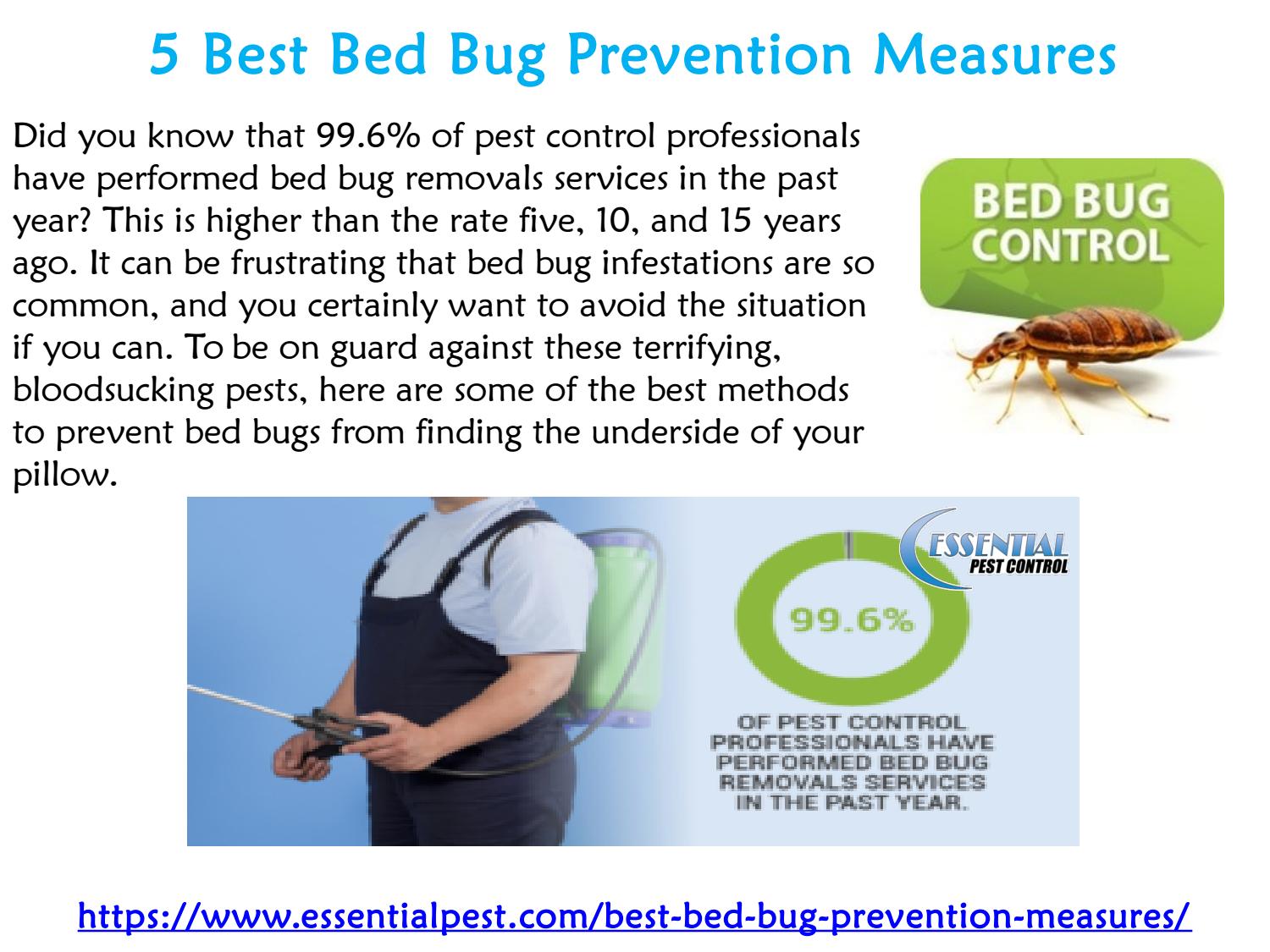
1. Crop Rotation
Crop rotation is a great way to keep bugs from attacking your tomato plants. Rotating crops ensures that pests don’t have the chance to build up in the soil, allowing you to keep your plants healthy and bug free.
2. Natural Predators
Encouraging natural predators in your garden is also a great way to keep bugs off your tomato plants. Ladybugs, lacewings, and spiders are all beneficial insects that will help to keep pests away. Planting flowers that attract these beneficial bugs can help to ensure a healthy balance of predators and pests.
3. Sprays and Powders
Using insecticidal sprays and powders can help to keep bugs away from your tomato plants. Make sure to use a product that’s specifically designed for use on tomato plants and follow the instructions carefully.
4. Plant Maintenance
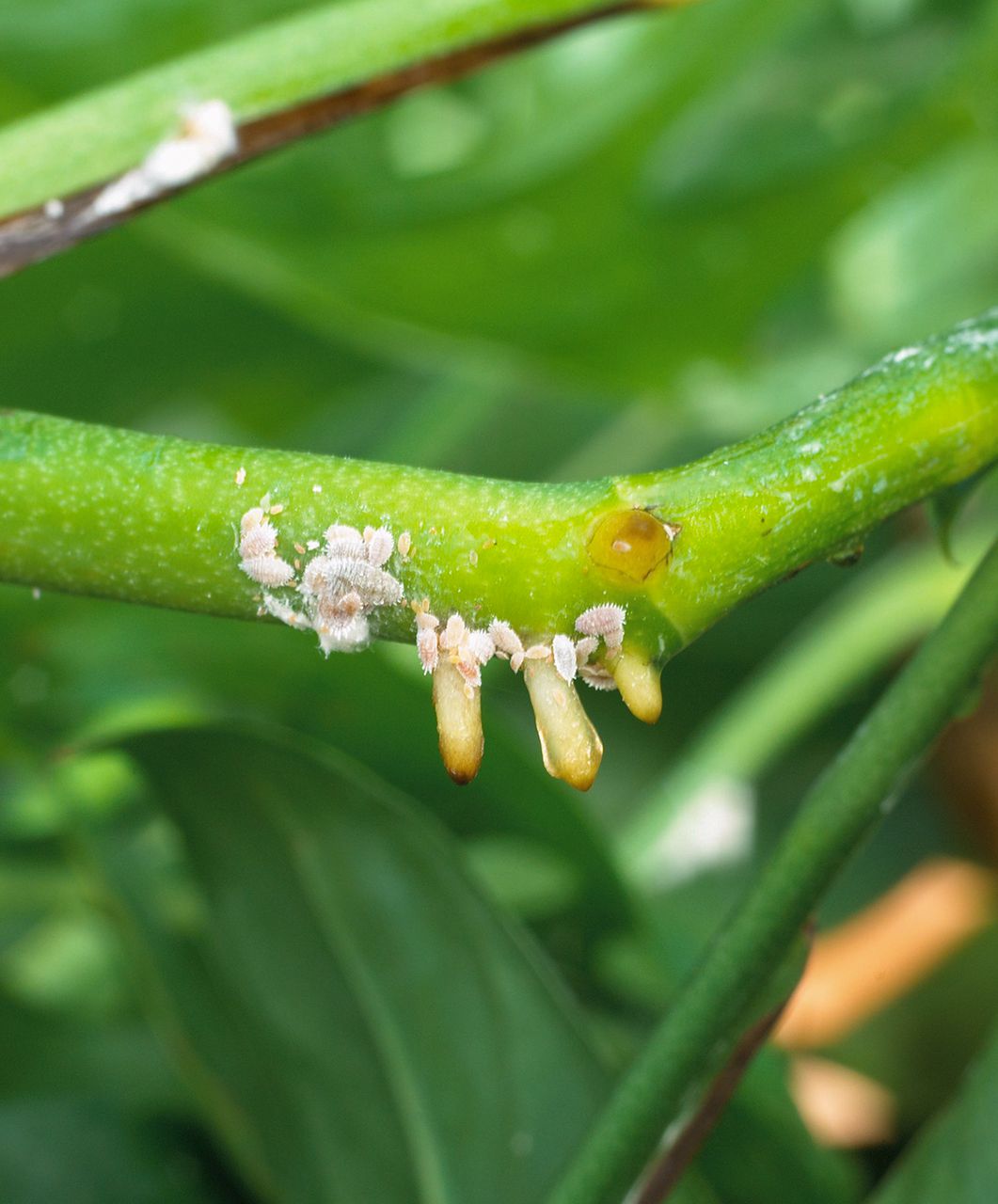
I take regular steps to ensure my tomato plants are healthy and strong. I check for signs of pests or disease, prune regularly to promote new growth, fertilize when necessary, and water as needed. I also inspect the plants for signs of damage from wind or hail, and repair any broken or bent branches. To keep bugs off tomato plants, I make sure to keep the area around the plants clear of debris and weeds, which can provide a safe haven for pests. I also use insecticidal soap and neem oil, as needed, to control any existing bug infestations.
5. Plant Selection
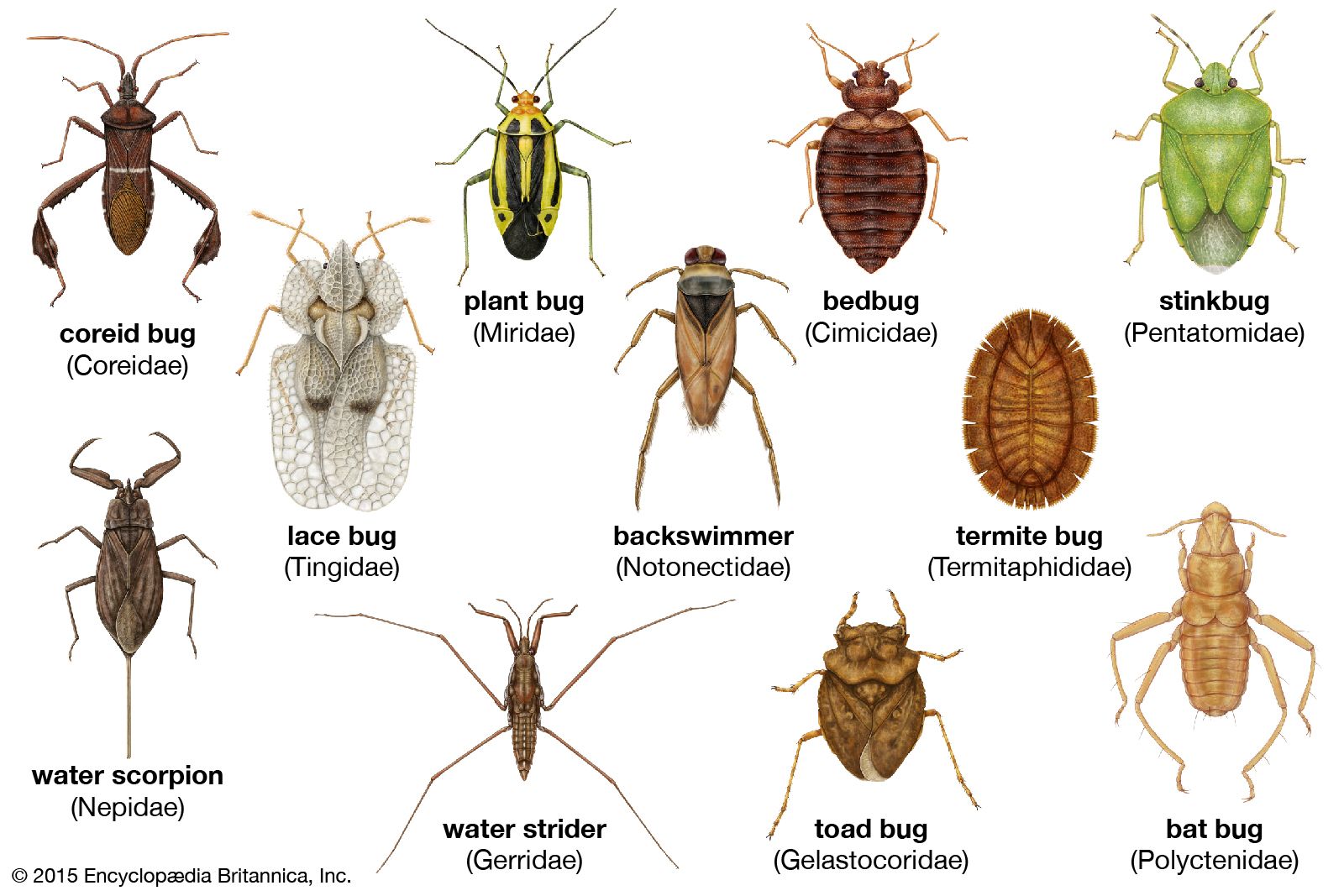
When selecting tomato plants, look for varieties that have been bred to be disease-resistant. These varieties are typically more resistant to common insect pests. When shopping for plants, look for varieties that have been labeled as “disease-resistant” or “insect-resistant.” Additionally, make sure that the plants you select are free of any visible signs of insect infestation. If possible, try to avoid purchasing plants that have been grown in greenhouses as these can be more prone to insect problems.
Treatment Methods
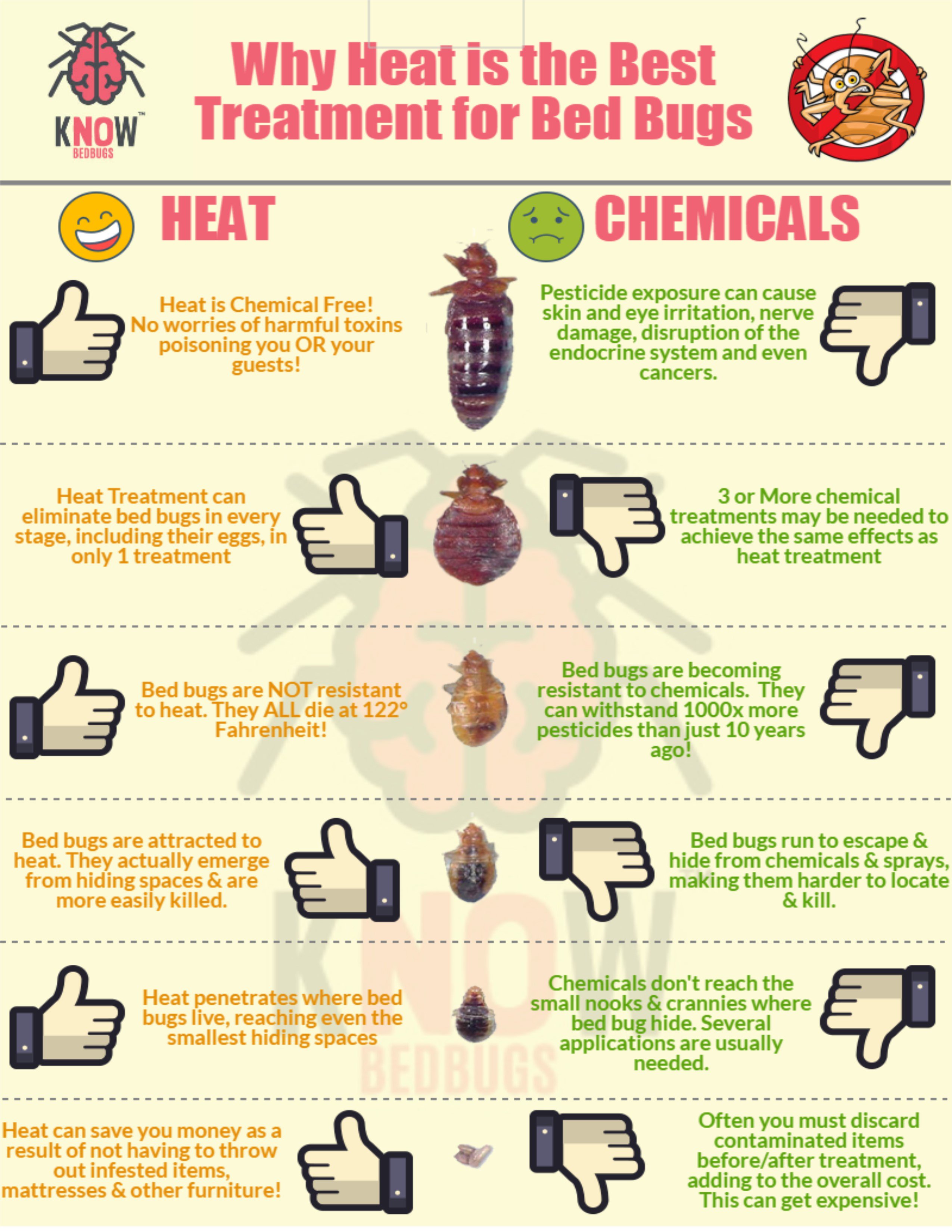
| Type of Bug | Treatment Method |
|---|---|
| Aphids | Spray plants with insecticidal soap or neem oil. |
| Whiteflies | Spray plants with insecticidal soap or neem oil. |
| Japanese beetles | Trap or handpick beetles, or spray plants with neem oil. |
| Leafhoppers | Spray plants with insecticidal soap or neem oil. |
| Tomato hornworms | Handpick or use Bacillus thuringiensis (Bt) or spinosad. |
For tougher infestations, a systemic insecticide may be necessary. Systemic insecticides are applied to the soil and taken up by the plant. Follow the label instructions carefully when using any insecticide.
1. Insecticidal Soaps
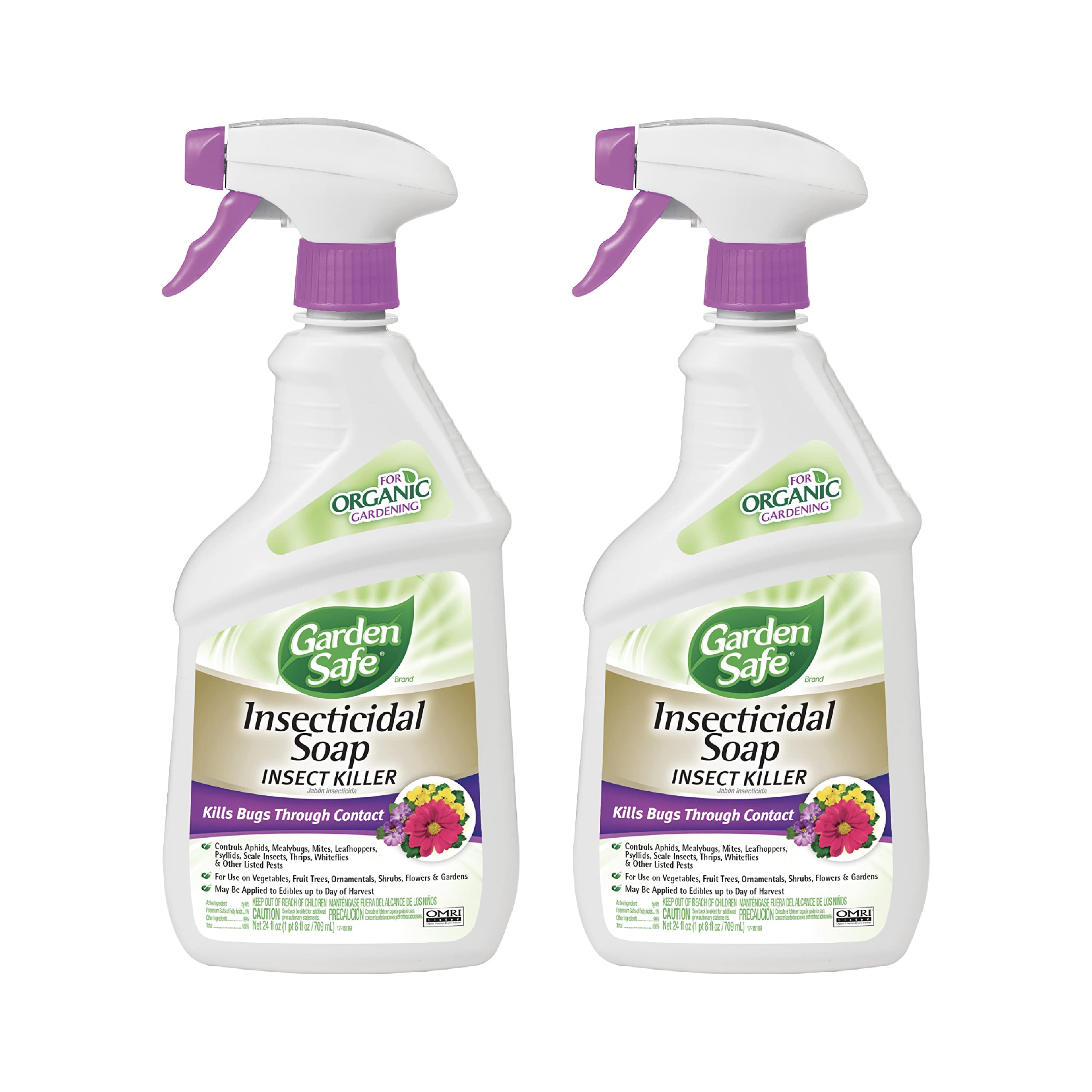
| Benefits | Drawbacks |
|---|---|
| Non-toxic to humans and animals, safe to use around kids and pets | Need to be applied every 5-7 days for optimal effectiveness |
| Can be used on edible plants | Can be washed off easily with water |
| Inexpensive | Susceptible to rain, wind and other environmental conditions |
I use insecticidal soaps to keep bugs off my tomato plants. The soaps are non-toxic to humans and animals, making them safe to use around kids and pets. They can also be used on edible plants, which is a plus. The downside is that they need to be applied every 5-7 days for optimal effectiveness, and they can be washed off easily with water. They are also relatively inexpensive, but they are susceptible to rain, wind and other environmental conditions.
2. Neem Oil

- Spray neem oil onto the tomato plants and their leaves. Neem oil is an organic pest repellent that is safe for humans and animals.
- Mix 1 tablespoon of neem oil with 1 teaspoon of mild liquid soap with 1 quart of water.
- Spray the solution onto the tomato plants every 7-10 days to keep the bugs away.
3. Botanical and Biological Insecticides
Botanical and biological insecticides are natural substances that are toxic to pest insects, but less toxic to other organisms. These are usually derived from plants, fungi, or bacteria. Botanical insecticides can be used to target specific pests, so it’s important to identify the problem before selecting a product.
| Insecticide Type | Examples |
|---|---|
| Botanical | Pyrethrin, Neem oil, Rotenone |
| Biological | Bacillus thuringiensis (Bt), Spinosad |
Botanical insecticides are generally most effective when applied directly to the pest insects. Biological insecticides are usually applied as a spray to the leaves of the plant, as they may provide protection for a longer period of time. Make sure to read and follow the label instructions, and be aware that some of these products may be toxic to beneficial insects.
4. Chemical Insecticides
I often use chemical insecticides to keep bugs off my tomato plants. These products are designed to kill or repel pests and can be very effective in controlling infestations. Many types of chemic
Frequently Asked Questions
What are the most effective tips for keeping bugs away from my tomato plants?
1. Install floating row covers to prevent pests from reaching the plants.
2. Plant companion plants such as marigolds, nasturtiums, rosemary, and garlic around the tomatoes to repel pests.
3. Mix 1 tablespoon of dish soap with 1 gallon of water and spray the tomato plants to deter pests.
4. Ensure your tomatoes are getting enough water, as dry conditions can attract pests.
5. Remove weeds and damaged leaves from your tomato plants to reduce pests.
6. Introduce beneficial insects such as ladybugs, lacewings, and praying mantises to consume pests.
7. Rotate your tomato crops every year to prevent pests from building up.
8. Apply neem oil to your tomato plants to control pests.
How do I get rid of black bugs on my tomato plants?
Remove the bugs by hand or spray with an insecticidal soap or neem oil. Take care to spray the undersides of leaves, as this is where the eggs are usually located. Additionally, use yellow sticky traps to monitor bug populations and keep them in check. Lastly, make sure to clean up any debris or weeds around the tomato plants to reduce shelter for the bugs.
How do I get rid of white bugs on my tomato plants?
The most effective way to get rid of white bugs on tomato plants is to spray them with an insecticidal soap or neem oil solution. Insecticidal soap will kill the white bugs on contact, while neem oil will repel them and prevent further infestations. It is important to apply these treatments to the upper and lower surfaces of the leaves, as well as the stems and fruit. Additionally, it is important to reapply the solution every few days to ensure that the bugs are eliminated.
How can I prevent bugs from coming near my tomato plants?
To prevent bugs from coming near your tomato plants, you should regularly inspect your plants for signs of pests. If you spot any, use organic, targeted treatments such as neem oil or insecticidal soap. Handpicking pests off the plants may also be effective. Additionally, use companion planting to repel certain bugs, such as planting basil near tomatoes to repel hornworms. Placing row covers over tomato plants can also help to keep bugs away. Finally, use good garden sanitation practices, such as removing diseased plants and debris to discourage pests.
What Are the Tiny White Bugs on My Tomato Plants?
The tiny white bugs on your tomato plants are most likely whiteflies. They are small, white, moth-like insects that are commonly found on tomato plants. Whiteflies feed on the sap of the tomato plant, which causes yellowing of the leaves and stunted growth. To keep bugs off tomato plants, it is important to regularly inspect the plants for signs of whiteflies and take steps to control them. Common treatments include insecticides, neem oil, or horticultural oils.
Conclusion
I have found that following the tips outlined in this article can go a long way towards keeping bugs away from my tomato plants. I make sure to use natural insecticides, employ beneficial insects, and handpick the bugs when possible. I also pay attention to the conditions in which my plants are growing and make sure to rotate crops and water appropriately. These steps have allowed me to enjoy a healthy and bountiful harvest of tomatoes.
